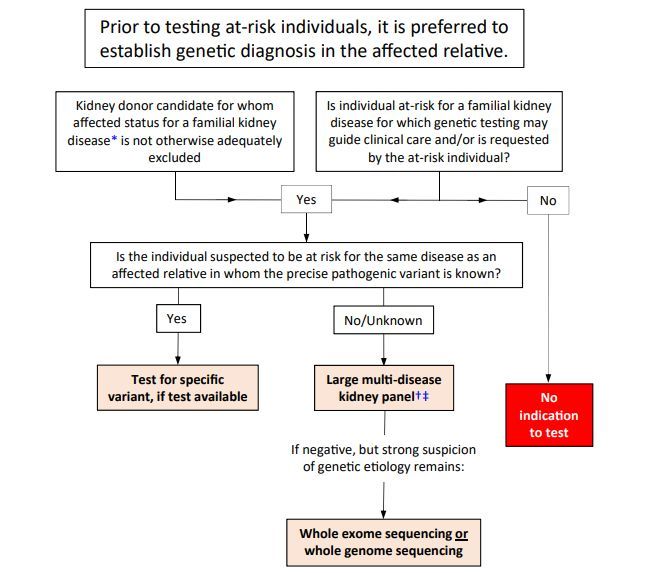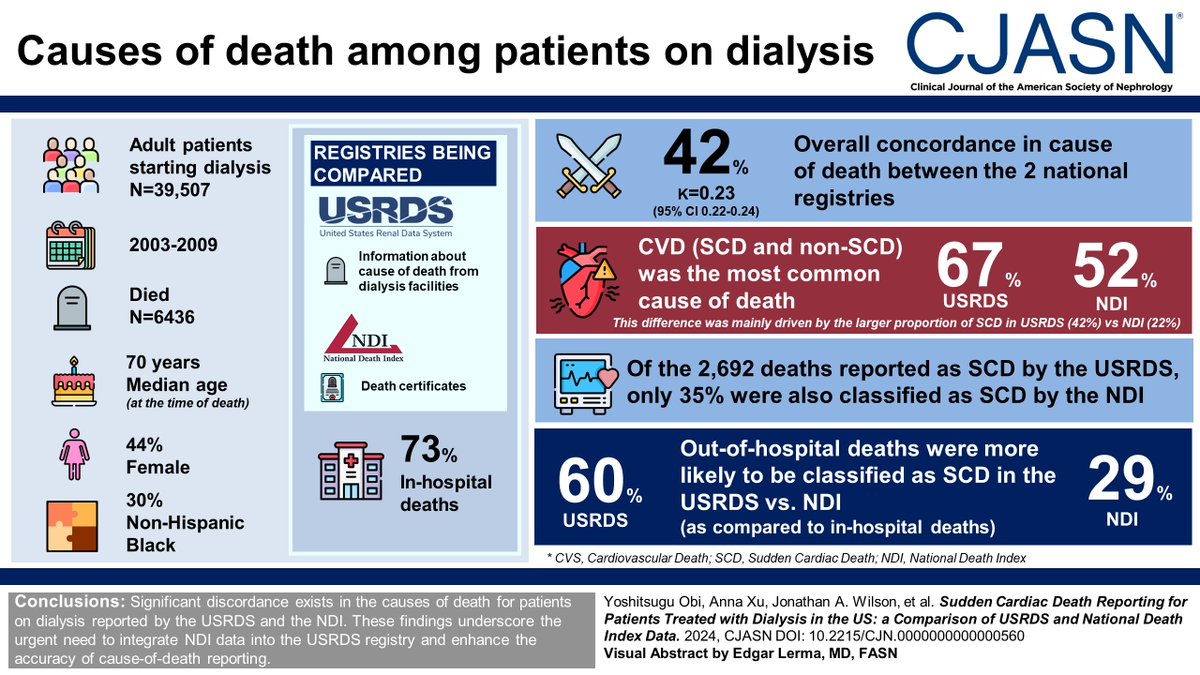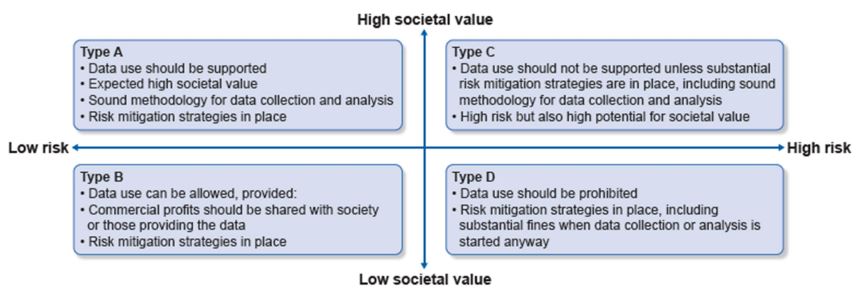
Yoshitsugu Obi
@yoshi_obi
Nephrology, Transplant Nephrology, Epidemiology, Clinical Research
ID: 855158827351646208
20-04-2017 20:38:47
516 Tweet
342 Followers
76 Following

Dialysis #Symptom index burden & #SymptomClusters in a prospective cohort of dialysis patients #MADRAD Most common symptoms: Tired/lack of energy 71%, Dry skin 62% Trouble falling asleep 44% Muscle cramps 43% Itching 43% link.springer.com/article/10.100… #Cramps #Pruritus Connie Rhee




@DrTariqShafi Clarissa Tio Morgan Grams Javed Butler Yoshitsugu Obi Congratulations @DrTariqShafi Clarissa Tio - Really important to get care providers to see risk across the entire spectrum of eGFRs High risk patients need identification and early intervention before kidney function is lost

Thrilled to share our work on individualized CKD progression risk in the US. Grateful to @DrTariqShafi and Javed Butler for the mentorship. UMMC Nephrology UMMC Department of Medicine The University of Mississippi Medical Center

Sourabh Sharma 🔆Dr Aoun concludes mentioning similar survival and hospitalisation rate in 2/7 c/f 3/7 HD #ERA24
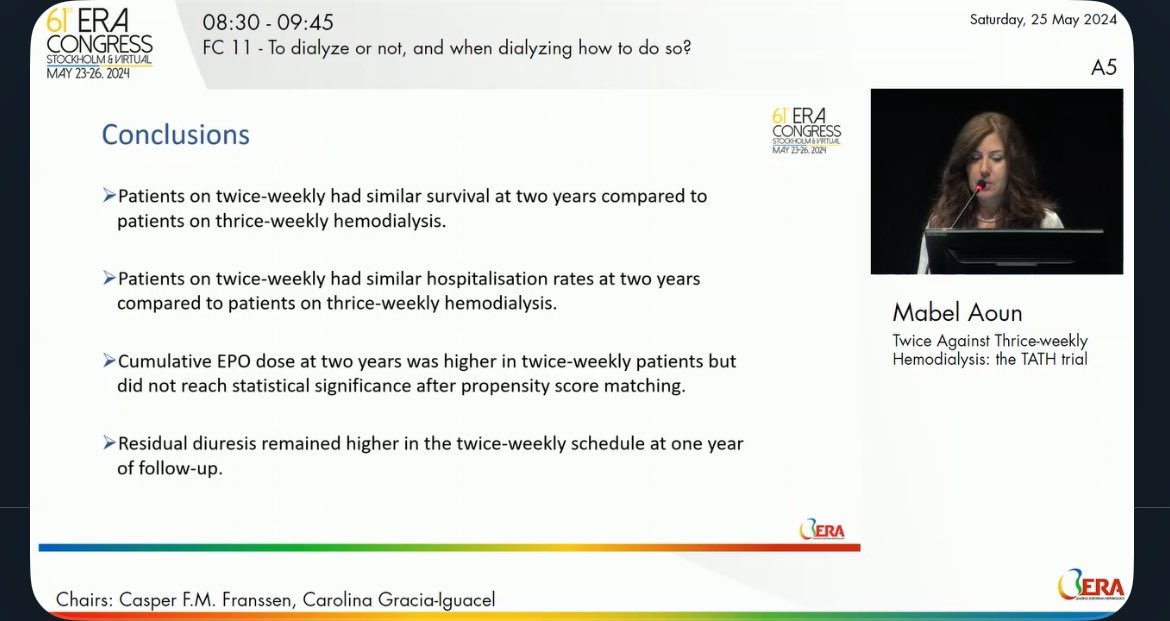


🚨Sharing our manuscript on Pantoea Peritonitis in Peritoneal Dialysis led by superstar fellow Dr. Brian Monk UNC Kidney Center and Yoshitsugu Obi UMMC Department of Medicine rrtjournal.biomedcentral.com/articles/10.11…



Dr. fernando fervenza educating us on new treatment strategies in IgA nephropathy; & reminding us that just like proteinuria, hematuria is a good marker of disease activity and should be included in evaluating patient outcomes! 💯 American Society of Nephrology #KidneyWk ✨

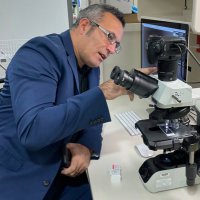
Abdominal banding more effective than compression stockings because it addresses the major standing venous blood pooling. Learned a lot on this lecture by Dr Shibao Vanderbilt University Medical Center #KidneyWk




Interesting! Study of pts w/ ANA(-) & dsDNA(+). 1 in 5 dx with APLS! Have others seen that? I have been disgregarding this pattern, though some of that is related to my in-house assay (seems overly-sensitive) & my bias against overdiagnosis #ACR24 Dr. John Cush Abstr#2391
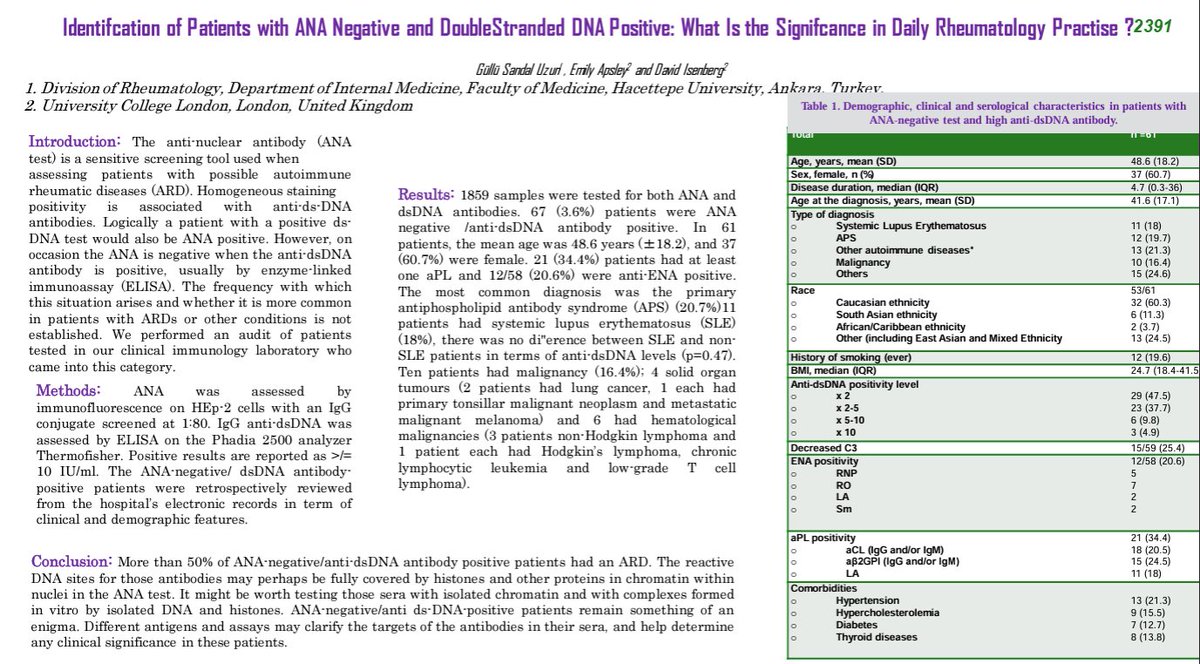


Advancing Genetic Testing in Kidney Diseases: Report From a National Kidney Foundation Working Group bit.ly/3ZA9abB (FREE) @NoraFranceschi2 @alexchangmd Neera Dahl Hila Milo Rasouly NKF Nephrology Professionals
